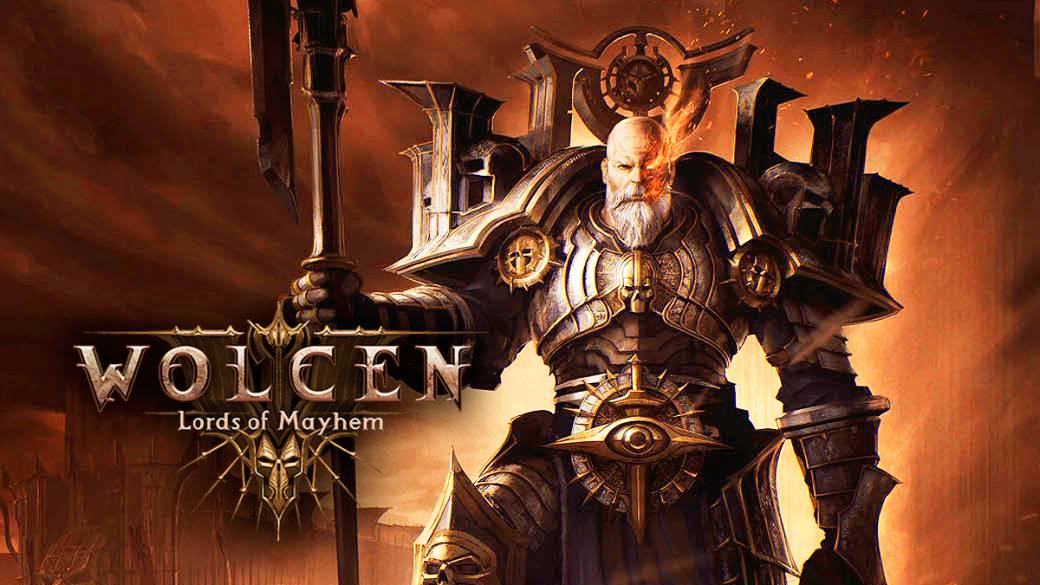
We enter the last attempt to enter the Olympus of the ARPG. Can Wolcen compete with Path of Exile and Diablo?
Wolcen is the latest exponent of the Devil-style Hack'n Slash that has appeared in the PC world, a type of game that although it is already seen more on consoles, has always maintained a spatial relationship with the platform by the keyboard symbiosis and mouse, the way by antonomasia to play this kind of titles since Blizzard North took off from the sleeve that new game concept that “arcadizaba” roguelike to create a hybrid between the depth of some and frenetism in real time of others, shaping a hybrid that, when it works correctly, is simply irresistible.
Of course, the formula of triumph requires very delicate balances: a balance between the different archetypes that you can develop, a huge variety of objects with the obligation that a part of them are authentically desirable and can condition your way of playing, enemies that adequately escalate in difficulty so that the endgame is interesting, enough variety so that each return to the campaign is entertaining … they are games that may seem easy to devise, but that at the moment of truth they crumble quickly as soon as there are loose essential aspects that Do not stand the structure. It is no coincidence that there are few who have shadowed Diablo 2, although in recent times there has been an important level jump especially thanks to Path of Exile, without detracting bets such as Grim Dawn, Torchlight or Diablo 3 itself, which He managed to overcome an erratic beginning.
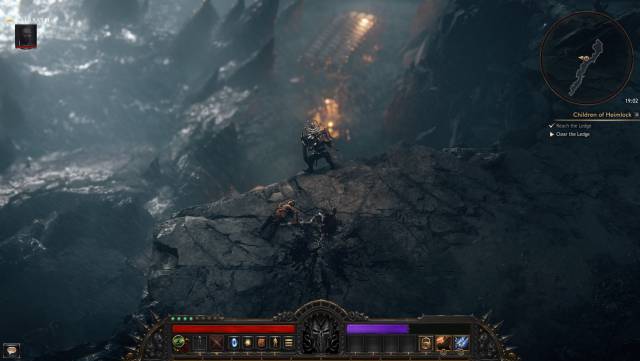
Wolcen joins this fray, a game born of a successful Kickstarter and has undergone a complicated development process that has had a whopping four years in Early Access. Originally known as Umbra, its introduction in the crowdfunding service was spectacular: two minutes of trailer that seemed to point to a very mature game – four years had development over then, part-time -, with a phenomenal aspect fueled by the Cryengine and the promise of an open and very personalized game, in which even the hilt of the swords could be modified. There were several ideas that stood out: one, which was an open world, that we could explore at our discretion; another, that there were no classes and the player was evolving in powers and transformations according to our style of play. The summary was: "the freedom of Skyrim, the style of action of Diablo 3 and the setting of the first Devil, with the graphics of Crysis".
Of all that many elements have remained in the way, which explain so many years in paid beta when the initial idea was already settled. Dramatically changing a project in the middle of development is very delicate, and many do not survive the process. Wolcen has done it, in a somewhat rugged way, but he has achieved it, achieving an important sales triumph on Steam, although accompanied by the controversy of the serious problems with the servers in his early days and numerous failures, bugs and imperfections that make that the final result is somewhat rough. However, there are good and interesting things in this game and it would be a shame if a problematic start sweeps them in the public's perception. It is important to start well, but life in the gaming market today, in this digital market, is long, and it is convenient to have a certain perspective.
Building your character
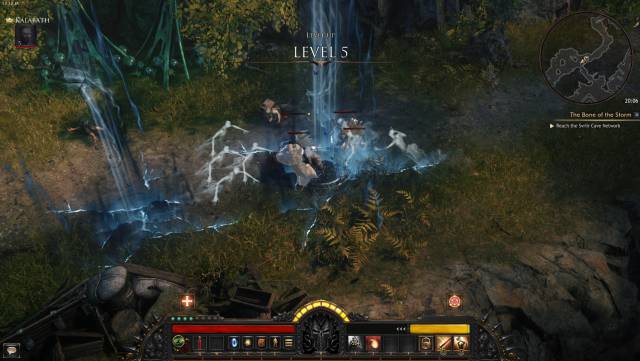
At the beginning of the game we can customize, in quite detail, our main character: gender, different features and three archetypes: warrior, magician or archer. History is not usually the strong point of this genre and Wolcen's is not an exception, although it does have attractive details and stands out in its construction of the world, with interesting descriptions of lore and historical figures scattered throughout the map, in some objects or in the definition of skills, liabilities and development elements of the protagonist. It has a foundation and as soon as you are interested you can see that there is a real effort in giving personality to this world.
The initial archetype is not decisive at all, it gives you a starting point and a first special ability that is not exclusive and that you can acquire later regardless of the initial archetype. Of all the promises of the original Kickstarter, that of a classless system is the one that has best been fulfilled without a doubt. At each level we go up we can assign points to our four main attributes, which will be the basis of damage, resistance or the ability to make critics, among other elements. But what is really relevant is the point we have for the so-called Gate of Fates, a huge wheel full of points that unlock bonuses, liabilities and special abilities that really determine your character. In the game we can equip ourselves with any weapon or armor, we will have access to all the special skills available, we can alternate with pleasure between one and another – with certain limits, such as certain skills require a specific type of equipment, so you cannot base cast spells with a two-handed sword, for example-, but what makes your combination effective is the way you set up your build at the destination gate – note that the different areas of the wheel can be rotated, so that it is easier to achieve the combination that is most attractive to you and greatly increase the number of possibilities.
At first it can be intimidating, as with the node tree in Path of Exile, but once you get into it it is quite intuitive. It helps the division into specific areas, each associated to an established class and to appointments of a character associated with it. That way, even if you don't know exactly what each thing is doing, reading the stories associated with each class will not only be entertaining but it will give you a good idea of where to aim. This is completely open, so if we do not want we do not have to focus on a specific area, we can develop in different directions and take things from here or there to pleasure, but always keeping in mind that the path we take must be occupied by points that make sense for the type of character we want to do. This kind of games is always asked that the process of developing your protagonist be entertaining and allows wide possibilities to find useful combinations, fun and adapted to the style of play desired by each. Wolcen meets this maxim, although as a personal hit, it is too expensive to reset the points and that limits the experimentation somewhat in each game
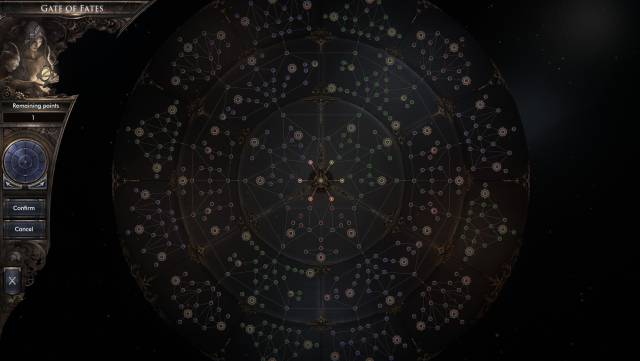
As a note, highlight the great transmodification system, as something associated with that spirit of creating the character you want, with the least possible restrictions. Once we collect any object, we immediately have its appearance available on the screen dedicated to that and we can use that aspect in our character, for a cost. In fact, once this part of our equipment is modified, it will stay that way permanently, even if we change it for other pieces, it will only change once we pay again to change the look. This is really comfortable, allowing our character to look as we want without spending money and time each time we get a more appropriate item. Being able to change individual pieces also helps to create unique looks, and it is liberating to have no type of armor restrictions – if we want our wizard to look like a knight with full armor, we can do it without problem.
A combat system full of dynamism
Another of Wolcen's virtues is his hybrid resource system that is divided into will and rage, the first most associated with attack and defense spells, while the second associated with physical abilities of different kinds. Most special skills consume one of these bars, and some skills or circumstances generate them. It is possible to create a character that only consumes one of these bars, but the funniest thing is to try to use both bars and take advantage of synergies. You can create a character that casts spells on the one hand, consume his will bar while growing his rage, and once he cannot cast more spells, he launches physical attacks while regenerating the bar that will allow us to continue casting spells, Creating an effective hybrid. There are, by default, five skills that you can use at all times – with a sixth block that can be opened later in the endgame – and those skills can be selected at will from among all the ones you collect and progress according to the time you have active, with liabilities and complementary effects that you can unlock according to progress.
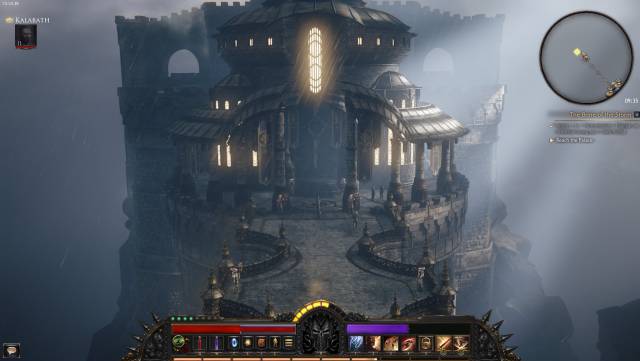
This makes the game encourage not to focus on one or two special skills and try to seduce the player to “dance” a little among his options when it comes to orienting his character. Even at high levels it will be convenient to alternate between different skills, in addition to making use of the useful somersault or mobility skills so as not to remain static. Compared to other ARPGs, it feels somewhat more dynamic without being overwhelming, which combined with the rest of the facets in the creation and itemization of the protagonist, ends up being satisfactory in many phases of the campaign-
The visual beauty of Cryengine
Cryengine has a reputation for not being an easy engine to work with and we don't know to what extent that has been able to condition the development of the game, but it must be said that it is a visually precious Hack'n Slash for what this kind of games are usually , which tend to be somewhat Spartans is this matter. Ambient lighting, the way in which light enters through temples and dungeons, some places in which we can recreate ourselves thanks to an intentional turn of the camera by default … is a game that visually impresses, also in large part because the Artistic sensitivity of the French studio is noted in the way they design armor pieces, enemies and all the details that make up Wolcen's remarkable visual identity.
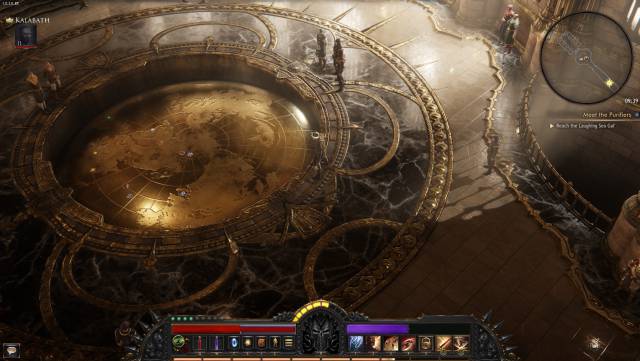
The problems begin
We have related some of Wolcen's strengths and characteristics, elements that on paper should point to a remarkable title in the genre. Unfortunately, these benefits are blurred by a launch to forget, despite the best efforts of those responsible. From a game with four years in Early Access at least a certain maturity is expected once it appears in version 1.0, more when it accumulated some very positive previous assessments (apart from critics with the change of global direction of the project), but the launch has been a disaster and the least has been related to the first news about the launch, the fall of servers to the avalanche of people and how impossible it was to play multiplayer the first few days. That is annoying, but circumstantial, like the crashes that forced the computer to restart, something that is not often seen today. Quite more than annoying were the initial database problems and the hours that many players lost when they found that part of their progression had been erased, but even that is not the main problem.
The problem is that we are clearly facing a game that is still in beta, however much 1.0 it takes (1.7 at the end of this Reviews). The launch patch generated a cascade of problems once all the content was accessible, and although it shows that the team is working hard, every patch they introduce solves some problems to create others, such as the mythological Hydra of Lerna. If you play casually, to campaign and do some endgame, you may be able to ignore many of these problems. But for the public loyal to this genre, the one who becomes obsessed with the construction of the character and meticulously plans the progression to maximize his capacity for annihilation, Wolcen right now is an exercise in frustration: poor explanations of what some nodes do, failures multiple in the application of the modifiers, objects that in theory should improve our character and end up damaging it without explanation, poor AI for the invocations – this fortunately has been improved, but it has been an important problem in these early days – skills that are trapped the player at a point on the map without the possibility of leaving, things that do not work as they should …
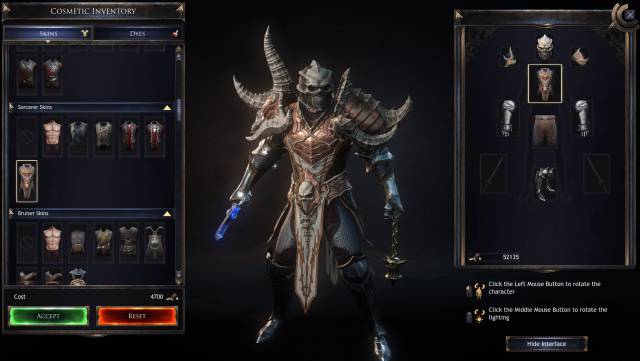
The reddit page of the game or the community threads on Steam are a rosary of complaints and demonstrations of more or less funny bugs. It says a lot in favor of the game and its strengths that the tone of the community is (generally) more jocular than angry and that the game is being held beyond such a problematic release, which does not imply that complaints and problems They have disappeared. The focus is still in multiplayer mode, which is where many of the most serious technical complications occur, although the basic failures around buildcrafting and itemization are global. Playing alone in offline mode is, in any case, the most effective way to save you some scares, which is still an inconvenience, especially when multiplayer is especially fun thanks to the way in which the enemies scale of difficulty.
The apocalyptic transformation, a great fiasco
One of the original flags of Umbra was its "apocalyptic form", a facet by which the protagonist could transform a few seconds to unleash the chaos on the map and whose appearance and skills would be procedural, dependent on our style of play and actions during the departure. This element has been castrated and replaced by the possibility of transforming into one of the so-called Aspects of the Apocalypse, a determined transformation with fixed abilities that, with all the spectacular results, is completely useless by the poor scale of the powers it confers on us, which makes us do less transformed DPS than with our normal abilities. A clear example of the kind of problems that plague the game.
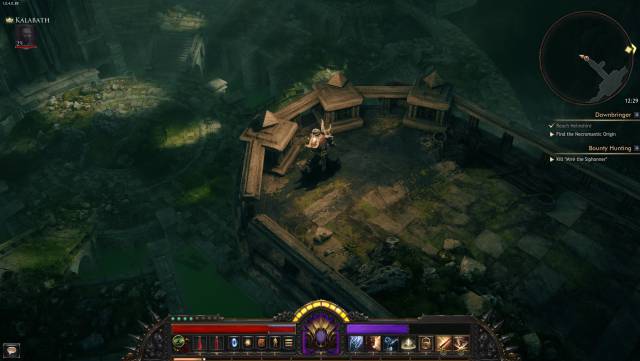
Endgame and Wolcen's hidden potential
Once the campaign is complete, we will have a raid system and a meta-game – of which we will not give details so as not to give clues about the conclusion of the story. There is game for a good season, since reaching level 90 that marks the limit of power in the game is an arduous task, especially the path from 80 to 90. Much of the resources and facets available in that part of the game will be destined to be able to create better objects and unlock some facets of our character – like that sixth customizable ability that we can equip. At some point in the future of the game we may see some kind of plan to continue increasing the life of the game, but the amount of content with which the game account is significant and sufficient – if it is not compared, unfairly, with games that They have been in the market for continued development for years.
CONCLUSION
Apart from that we would have liked to see the original idea of Umbra materialized, the result that has come to us is an imperfect title that pales next to other available options, but at the same time has enough virtues to want to continue playing in spite of all the problems. Its graphic presentation, its styling, the spectacular way in which our powers are unleashed, the freedom of the character's training system, the colorful combinations of equipment that we can freely use at any time to look as we want … is a game that comes in by the eyes and that marks a visual ceiling in the genre. The appeal of a horse game between Path of Exile and Diablo III, with a visual presentation of height was (and is) very attractive, and we trust that at some point in the future it will reach a potential that, today, is still far. None of that justifies the poor state of the launch and the endless problems, some very serious, with which it has been presented. It is assumed that Early Access serves to minimize this type of situation, present a polished experience and prevent the user from spending € 35 on something that is clearly not finished. We are not going to make blood with the initial budget of Kickstarter, as much as double the amount requested, it is obvious that it did not give to keep a company afloat for five years without having another source of income, but throwing the game at desperate can mean "bread for today and hunger for tomorrow". There is a basis for a great ARPG here, Wolcen Studios depends that the money they have obtained with the launch serves to create something lasting that leaves its mark on the genre, or that the project falls into oblivion and only its failed launch is remembered. At the moment, our own assessment remains in that limbo between the best and the worst of the game, yes, with the secret hope that in a time, when we talk about it again, it will be for good.
THE BEST
- Visually quite attractive within the genre
- The transmodification system is an example to follow
- The idea of creating a classless system works and is attractive
WORST
- Countless technical problems
- Inconsistencies when building builds and lack of balance
- Certain liabilities and incremental increases do not work as they should
- Problems in offline mode multiply in multiplayer
- It is still a beta game and should not have been released in this state
Right
It is not the latest or the most original, nor does it have the best execution, but it can be fun if you like the genre. Good, but improvable.
